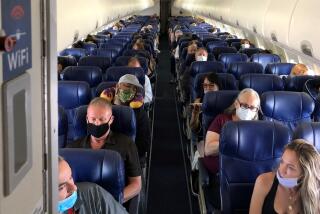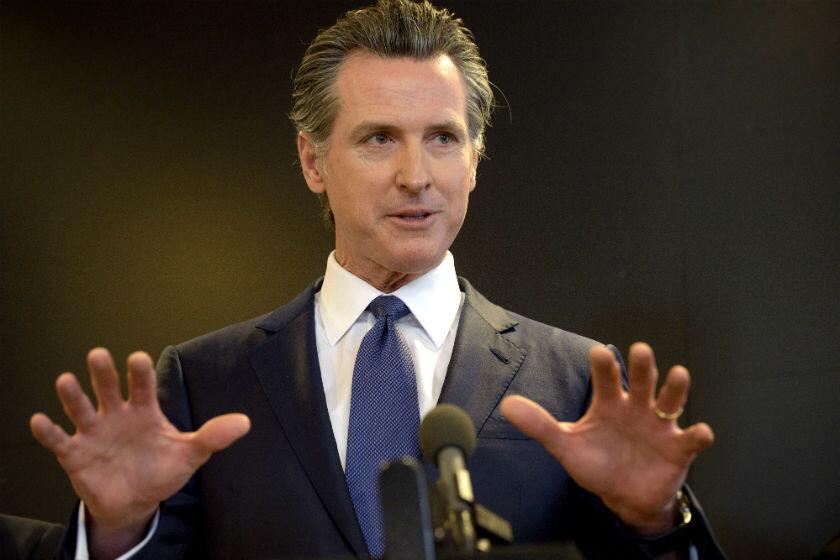Airlines Are Clearing the Smoke
- Share via
International air travel is becoming increasingly smoke-free, especially for travelers departing from U.S. airports.
About 97% of nonstop scheduled U.S. airline flights to foreign destinations now ban smoking, according to an update issued last month by the U.S. Department of Transportation. Among the latest to join the trend: United Airlines and American Airlines. Most foreign carriers also have eliminated smoking on many or all flights, according to DOT.
Less than a decade ago, finding a smoke-free flight was not easy. But it now is increasingly possible.
The movement to ban smoking internationally follows a 1992 resolution adopted by the International Civil Aviation Organization, a Montreal-based group that urged a smoking ban on all international flights by July 1996. ICAO called on all its 185 member nations to ban smoking, but the resolution is not binding until individual members incorporate it into law.
ICAO currently is polling member nations to evaluate how widespread nonsmoking policies are. It is expected that data will be compiled by September, said spokesman Denis Chagnon.
In the United States, the move to nonsmoking flights began in 1988 after Congress adopted a ban on smoking on U.S. domestic flights of two hours or less, then extended it, two years later, to virtually all domestic flights.
Exceptions to a nonsmoking policy are more likely route-related than airline specific, said DOT spokesman Bill Mosley. For example, when American Airlines went smoke-free globally on July 1, smoking was allowed only on flights to and from Latin America, Japan and some markets in Mexico, according to an airline spokeswoman. But flights to and from Europe, the Caribbean and selected markets in Mexico had been nonsmoking since mid-1996.
Still, there are holdouts on international flights. Tower Air permits smoking on flights from New York to Paris, Tel Aviv and Athens, a spokesman said. The smoking zone is in the last three rows of economy class and the last three rows of the lower deck of business class.
Air France has what it calls smoker’s bars on selected flights, with one for economy-class passengers and another for business and first class. The bars are fully enclosed by drapes and ventilated by special smoke-extracting fans.
But most airlines, citing customer request, have phased out smoking entirely or are in the process of doing so. “More than 80% of our passengers want nonsmoking flights,” said John Lampl, spokesman for British Airways, where “all the long-haul flights are nonsmoking” and very few other routes still allow it.
A list of countries served by U.S. carriers with nonstop nonsmoking flights is maintained by DOT on the Internet at https://ostpxweb.dot.gov/policy/safety/smoke.htm .
Penalties are harsh for smokers who break the rules. On U.S. airlines, smoking while a nonsmoking light is on or in a nonsmoking area carries a fine of $1,000, according to the Federal Aviation Administration. The fine for tampering with a lavatory smoke detector is $2,000. On aircraft registered in other countries, various penalties apply. In the past decade, about 630 passengers have been levied fines for violating no-smoking rules, according to the FAA. And disabling the smoke detectors is becoming more difficult. Some models require special tools to disassemble them.
The Healthy Traveler appears the second and fourth week of every month.
More to Read
Inside the business of entertainment
The Wide Shot brings you news, analysis and insights on everything from streaming wars to production — and what it all means for the future.
You may occasionally receive promotional content from the Los Angeles Times.









